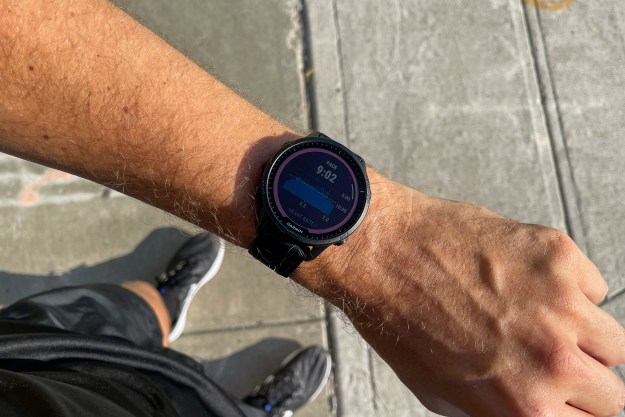Lasers, helicopters, hidden jungle cities, and ancient religions — it sounds like the synopsis to a Michael Crichton novel, but believe it or not, these things are actually the key components of some astonishing new archaeological research happening right here in the real world. With the help of an airborne lidar system, scientists recently managed to create a map of a long-lost city hidden beneath the jungle in Cambodia
With the special laser mounted on the underside of a helicopter, archeologists working on the project were able to compose maps revealing the massive scale of religious temples and other buildings belonging to the Khmer Empire, which was dominant in Southeast Asia from 802 AD until the 15th century. These maps were shown off for the first time this week at the Royal Geographic Society in London.

Incredibly, the lidar system makes it possible to “look through” obstructing features such as trees and vegetation to map the ground underneath.
“Lidar is a revolutionary tool for archaeological survey on a landscape scale,” Dr. Mitch Hendrickson, Assistant Professor, Department of Archaeology at the University of Illinois at Chicago and a key partner in this project, told Digital Trends.
“The real impact of lidar is that it gives a detailed, accurate map of the ground that reveals features not clearly visible due to forest cover, or the archaeological features that leave only slight traces on the ground. It allows us to see the footprints of buildings, settlements and other infrastructure and how they intersect and change. This is the foundation for understanding community organization in the past.”
In short, lidar hits the “warp speed” button on painstaking archaeological work. A few hours of coverage with the groundbreaking tech achieves what literally decades of on-the-ground surveys would have been able to — and with far more accuracy to boot.
While it doesn’t carry out the actual excavation work itself, this is one piece of kit archaeologists are unlikely to want to leave home without from now on.


